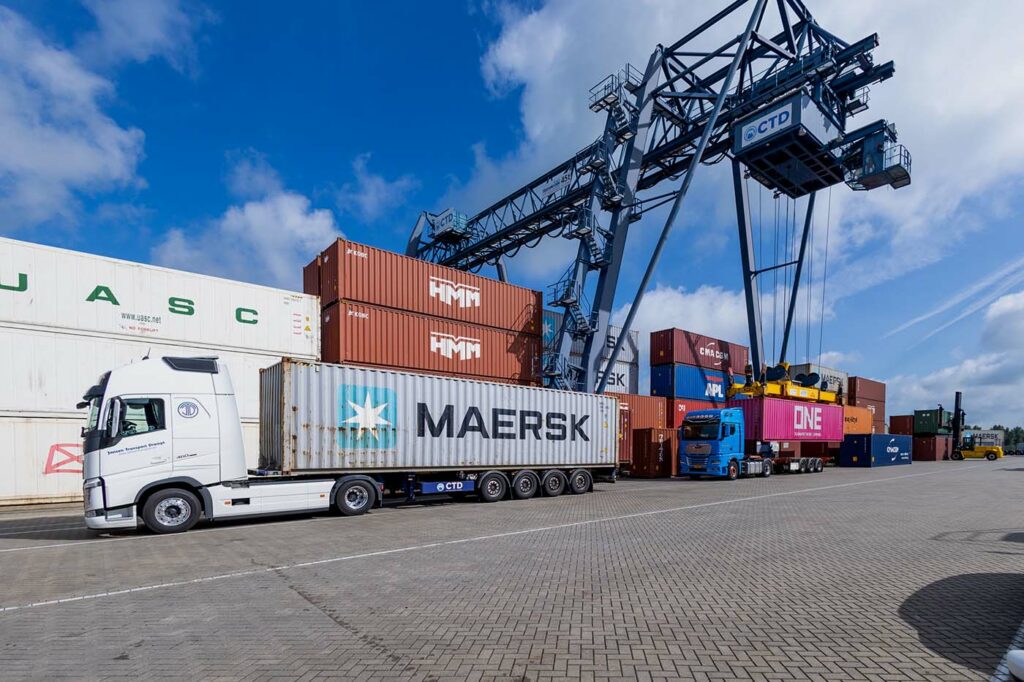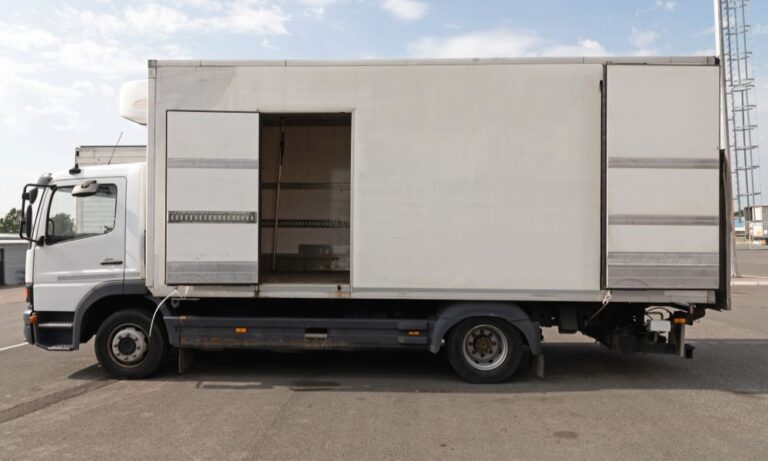In an increasingly mobile society, the need for car delivery across state lines has become more common. Whether you’re relocating, purchasing a vehicle from a distant dealership, or gifting a car to a loved one, understanding the logistics of interstate car delivery is crucial. This guide will explore the various methods, considerations, and best practices for ensuring a smooth car delivery process.
Understanding the Basics of Interstate Car Delivery
Before diving into the specifics, it’s essential to grasp the fundamental aspects of interstate car delivery. This process involves transporting a vehicle from one state to another, which can be accomplished through various means, including professional auto transport services, driving the car yourself, or utilizing a combination of both.
- Choosing the Right Delivery Method
A. Professional Auto Transport Services
One of the most popular options for interstate car delivery is hiring a professional auto transport service. These companies specialize in moving vehicles and offer several benefits:
- Convenience: You don’t have to worry about the logistics of driving the car yourself.
- Safety: Professional transporters are experienced in handling vehicles, reducing the risk of damage during transit.
- Insurance Coverage: Most reputable transport companies provide insurance options, giving you peace of mind.
When selecting a transport service, consider the following:
- Reputation: Research customer reviews and ratings on platforms like the Better Business Bureau (BBB) and Google Reviews.
- Licensing and Insurance: Ensure the company is licensed by the Federal Motor Carrier Safety Administration (FMCSA) and has adequate insurance coverage.
- Transport Options: Decide between open transport (more economical but exposes the vehicle to the elements) and enclosed transport (more expensive but offers better protection).
B. Driving the Car Yourself
If you prefer a hands-on approach, driving the car yourself is another viable option. This method can be particularly appealing if you want to enjoy a road trip or if the vehicle is not suitable for transport. However, consider the following factors:
- Distance: Long drives can be exhausting and may require overnight stays, adding to the overall cost.
- Fuel and Maintenance: Factor in fuel costs, potential maintenance issues, and wear and tear on the vehicle.
- Time: Driving a car across state lines can take significant time, especially if you’re traveling a long distance.
- Preparing for Delivery
Regardless of the delivery method you choose, preparation is key to a successful car delivery experience.
A. Documentation
Ensure you have all necessary documentation ready, including:
- Title and Registration: Verify that the vehicle’s title is clear and that you have the current registration.
- Bill of Sale: If you’re purchasing the car, keep a copy of the bill of sale for your records.
- Insurance: Contact your insurance provider to ensure coverage during transport.
B. Vehicle Condition
Before delivery, inspect the vehicle for any existing damage and document it with photographs. This step is crucial for insurance purposes and can help resolve any disputes that may arise during transport.
- Cost Considerations
Understanding the costs associated with interstate car delivery is essential for budgeting effectively.
A. Transport Costs
If you opt for a professional transport service, costs can vary based on several factors:
- Distance: Longer distances typically incur higher fees.
- Vehicle Size and Weight: Larger and heavier vehicles may cost more to transport.
- Seasonality: Prices can fluctuate based on demand; peak seasons may lead to higher rates.
B. Additional Expenses
If you choose to drive the car yourself, consider additional expenses such as:
- Fuel: Calculate the estimated fuel costs based on your vehicle’s mileage and current gas prices.
- Accommodation: If the journey requires overnight stays, factor in hotel costs.
- Food and Miscellaneous: Budget for meals and any unexpected expenses along the way.
- Finalizing the Delivery
Once you’ve chosen a delivery method and prepared your vehicle, it’s time to finalize the logistics.
A. Scheduling
Coordinate with your chosen transport service to schedule a pickup time that works for you. If driving the vehicle yourself, plan your route and schedule breaks to ensure a safe journey.
B. Communication
Maintain open communication with the transport company or anyone involved in the delivery process. This includes confirming pickup and delivery times, as well as providing any necessary instructions.
Conclusion
Getting a car delivered to another state can be a straightforward process if you approach it with the right knowledge and preparation. By understanding your options, preparing your vehicle, and considering the associated costs, you can ensure a smooth and successful delivery experience. Whether you choose to hire a professional transport service or embark on a road trip, being informed will help you navigate the logistics with confidence.


